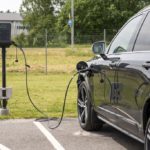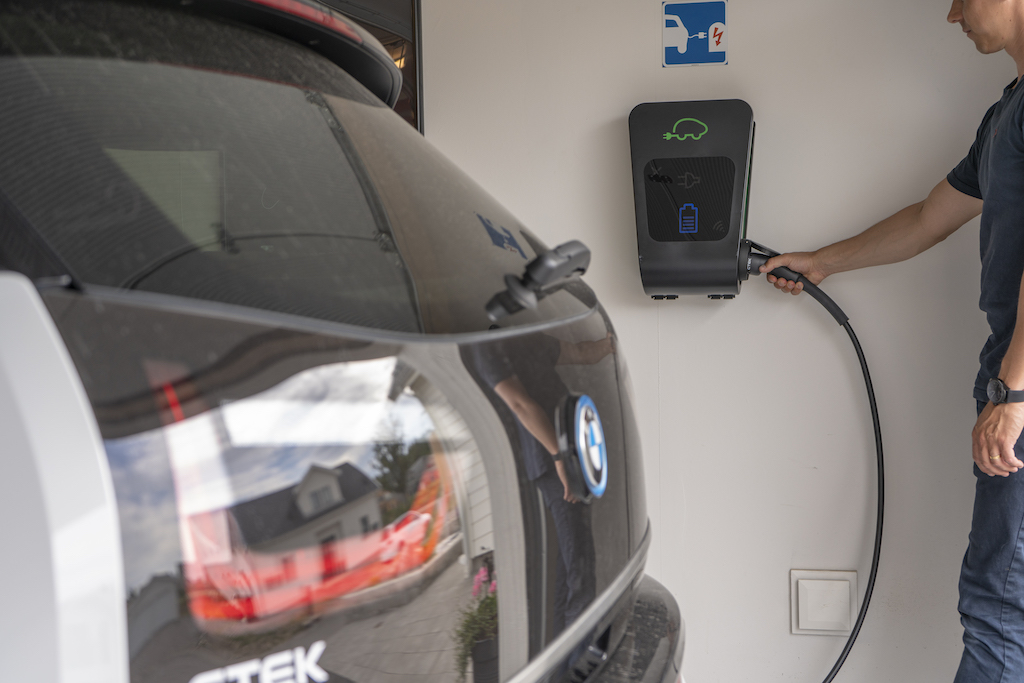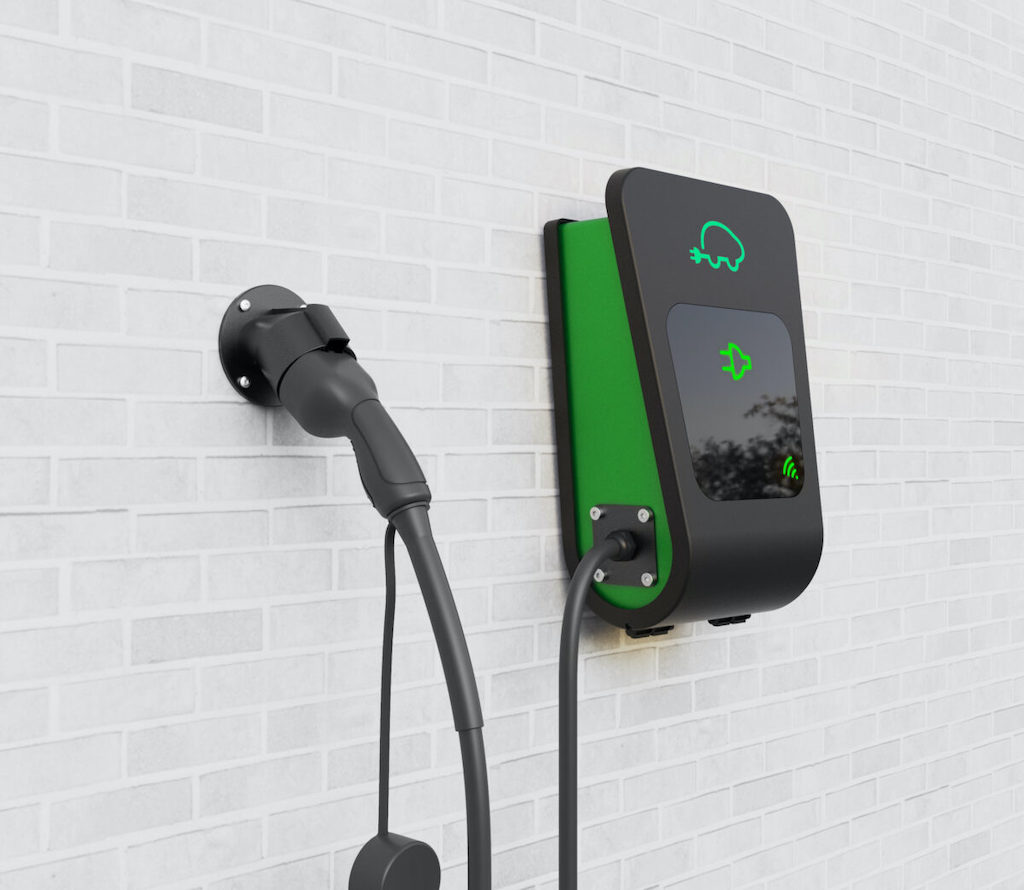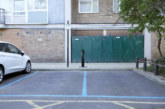With demand for electric cars increasing rapidly and with 90% of EV charging taking place at home, housebuilders have a vital role to play in the development of a charging network fit for the future.
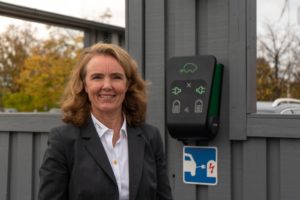 Cecilia Routledge, Global Head of E-Mobility for vehicle charging specialist CTEK, discusses six things you need to consider.
Cecilia Routledge, Global Head of E-Mobility for vehicle charging specialist CTEK, discusses six things you need to consider.
Number one: Changes to planning and building regulations
Increasingly, developers will be required to factor in EV charging facilities as part of the planning process. Under the London Plan, the 32 London Boroughs are already requiring 20% of parking spaces for new residential developments to have an ‘active’ chargepoint, and a further 20% of spaces to have a ‘passive’ chargepoint, where cables are installed ready for a chargepoint to be fitted.
CTEK expects this will soon shift to 20% active and 80% passive and, as the London model is already being replicated in other cities like Milton Keynes and Edinburgh, we can expect to see more local planning authorities putting similar requirements in place.
Number two: Balancing the load
The demand for EV charging is growing exponentially, but the grid supplying the electricity is not growing at the same pace. As power is a finite resource, demand on the grid needs to be managed, and CTEK believes this is the biggest issue facing housing developers right now.
The Government’s consultation on mandatory residential chargepoints has recognised that it’s more costly to install chargepoints where significant grid capacity reinforcements are needed.
However, dynamic load balancing on EV charging networks can reduce the need for grid expansion and connection costs. This works by optimising and distributing available power between buildings and across all operational charge points. This ensures vehicles are all charged as quickly as possible, while preventing overload on the grid. Without load balancing, increased demand on the grid from the growing number of EV chargepoints could cause main fuses to blow or trip, due to the demand for power being more than what’s available.
Number three: Smart charging
Smart charging, which is standard on all CTEK’s Chargestorm Connected 2 chargepoints, allows drivers to plug in and set their vehicles to charge during off-peak periods when energy demand is low. This could help avoid unnecessary expansion of the grid and also give homeowners access to cheaper electricity. There are additional environmental benefits too, as EV charging can be shifted to periods where there is lots of clean, renewable electricity generation available.
Number four: Fit for the future
CTEK’s chargers and networks are future-proofed to allow further charging points to be added without needing to upgrade the system, and they also seamlessly integrate with other manufacturers’ chargepoints and systems through Open Charge Point Protocol.
CTEK recommends to always check prior to installation that chargepoints are OCPP compliant because, if they’re not, you run the risk being tied into a particular manufacturer for future network expansion, which could stop you taking advantage of price competition and any new technologies and innovations coming out from other providers.
Number five: Doubling up
Many EV drivers are now looking to purchase a second vehicle for the family, and CTEK has seen a rapid increase in demand for their dual socket chargepoints, which allow two vehicles to plug in and charge from the same portal, at the same time. As the cost for homeowners to retrofit a second chargepoint is more than double the cost of an upfront installation, a dual socket chargepoint is a strong selling point for new homes. And for charging networks in communal parking areas, dual socket chargepoints can halve the number of physical units that need to be installed to meet requirements, and at considerably reduced cost.
Number six: Fit well, fit once
When you’re responsible for a network of chargepoints, reliability is a key consideration. Robust chargepoints with high quality components will result in less downtime, which is a key frustration for EV owners, and less need for ongoing maintenance and replacement. For outside units, a durable external casing is also recommended, to deter vandalism and protect from the weather.

